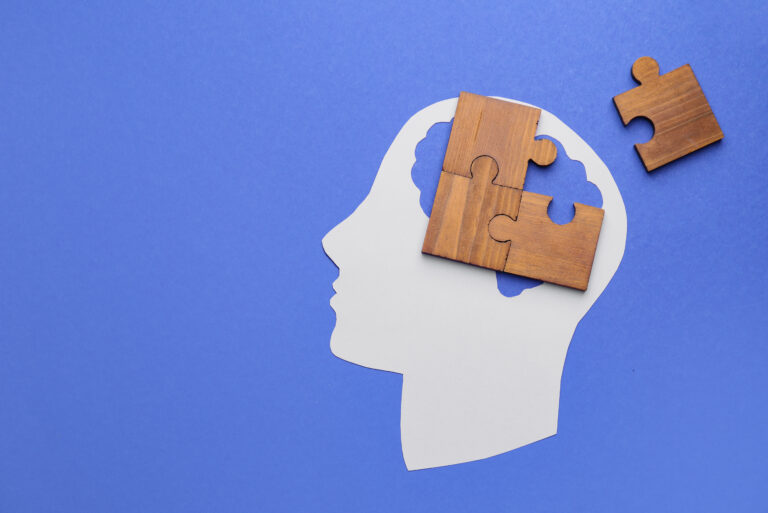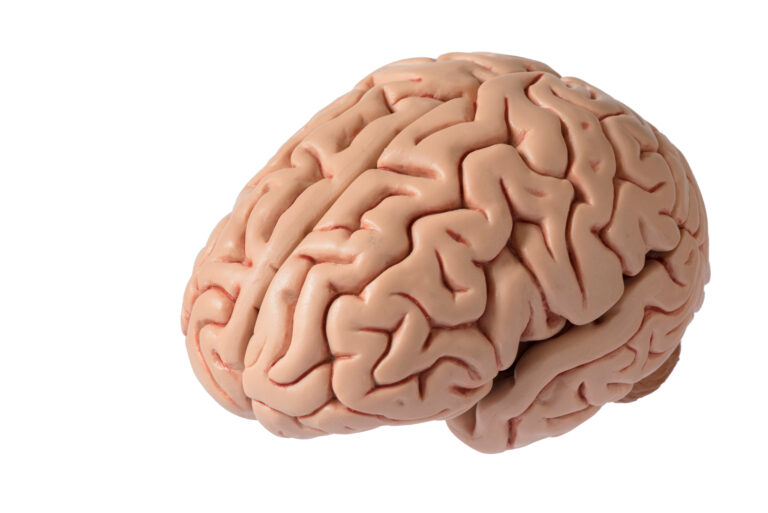**Understanding How Our Brains Change and Adapt**
Have you ever wondered how your brain changes and adapts to new experiences? This process is called synaptic plasticity, and it’s crucial for learning and memory. In this article, we’ll explore the molecular basis of activity-dependent synaptic plasticity, which is the way our brain cells, called neurons, change and adapt based on how they are used.
### The Role of Neurotrophins
Neurotrophins are proteins that help neurons grow and function properly. Two important neurotrophins are BDNF (Brain-Derived Neurotrophic Factor) and proBDNF. These proteins play a key role in organizing synaptic inputs, which are the connections between neurons. When a neuron is stimulated, it releases BDNF or proBDNF. The balance between these two proteins determines how strong the connection between neurons will be. If there’s more BDNF, the connection gets stronger, and if there’s more proBDNF, the connection gets weaker[1].
### How Synapses Change
Synapses are the points where neurons connect. When a synapse is formed, its strength can change based on how often it’s used. This process is called synaptic plasticity. Imagine a synapse as a pathway in your brain. The more you use the pathway, the stronger it becomes, and the less you use it, the weaker it becomes. This is similar to how roads get more traffic and become stronger with frequent use, while less-used roads become weaker and less maintained[1].
### The Role of Molecular Interactions
The strength of a synapse is also influenced by the density of nearby synapses. If there are many nearby synapses, they can strengthen each other, but if there are few, they can weaken each other. This interaction is crucial for how our brain organizes and adapts to new information[1].
### Astrocytes: The Unseen Helpers
Astrocytes are a type of brain cell that helps neurons function properly. They communicate with neurons through a signaling pathway called Sonic hedgehog (Shh). When neurons are active, they stimulate Shh signaling in astrocytes, which then release molecules that help modify synapses. This process is essential for learning and memory because it allows the brain to adapt to new experiences[4].
### Conclusion
Activity-dependent synaptic plasticity is a complex process involving neurotrophins, molecular interactions, and astrocytes. By understanding how these components work together, we can better grasp how our brains change and adapt to new experiences. This knowledge can help us develop new treatments for neurological disorders and improve our understanding of how we learn and remember.
In summary, the molecular basis of activity-dependent synaptic plasticity is a fascinating area of research that continues to uncover the intricate mechanisms behind how our brains function and adapt. By exploring these mechanisms, we can gain a deeper understanding of the incredible adaptability of the human brain.





